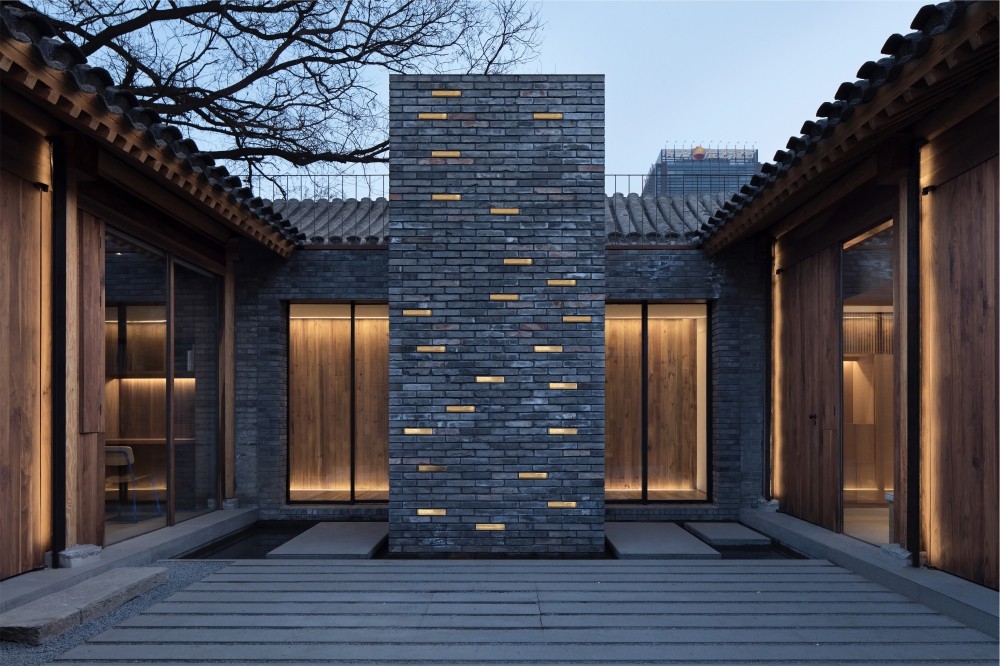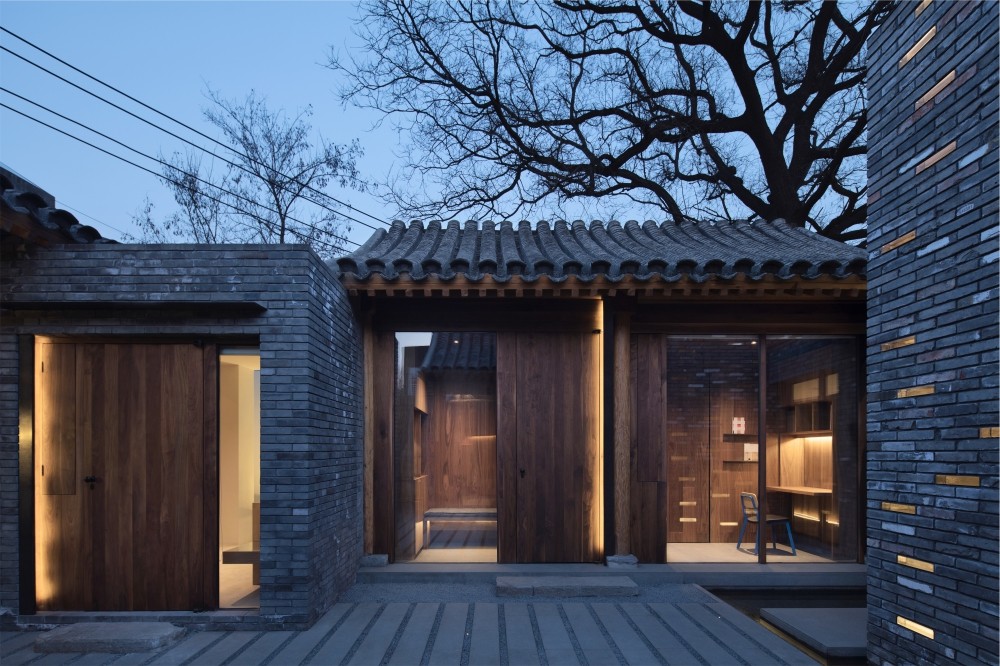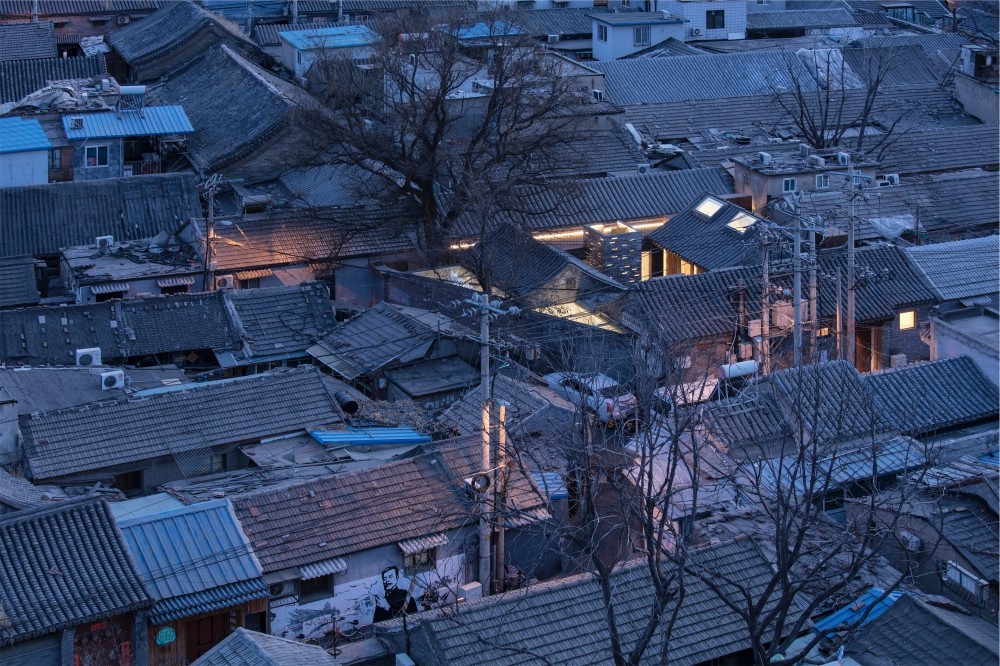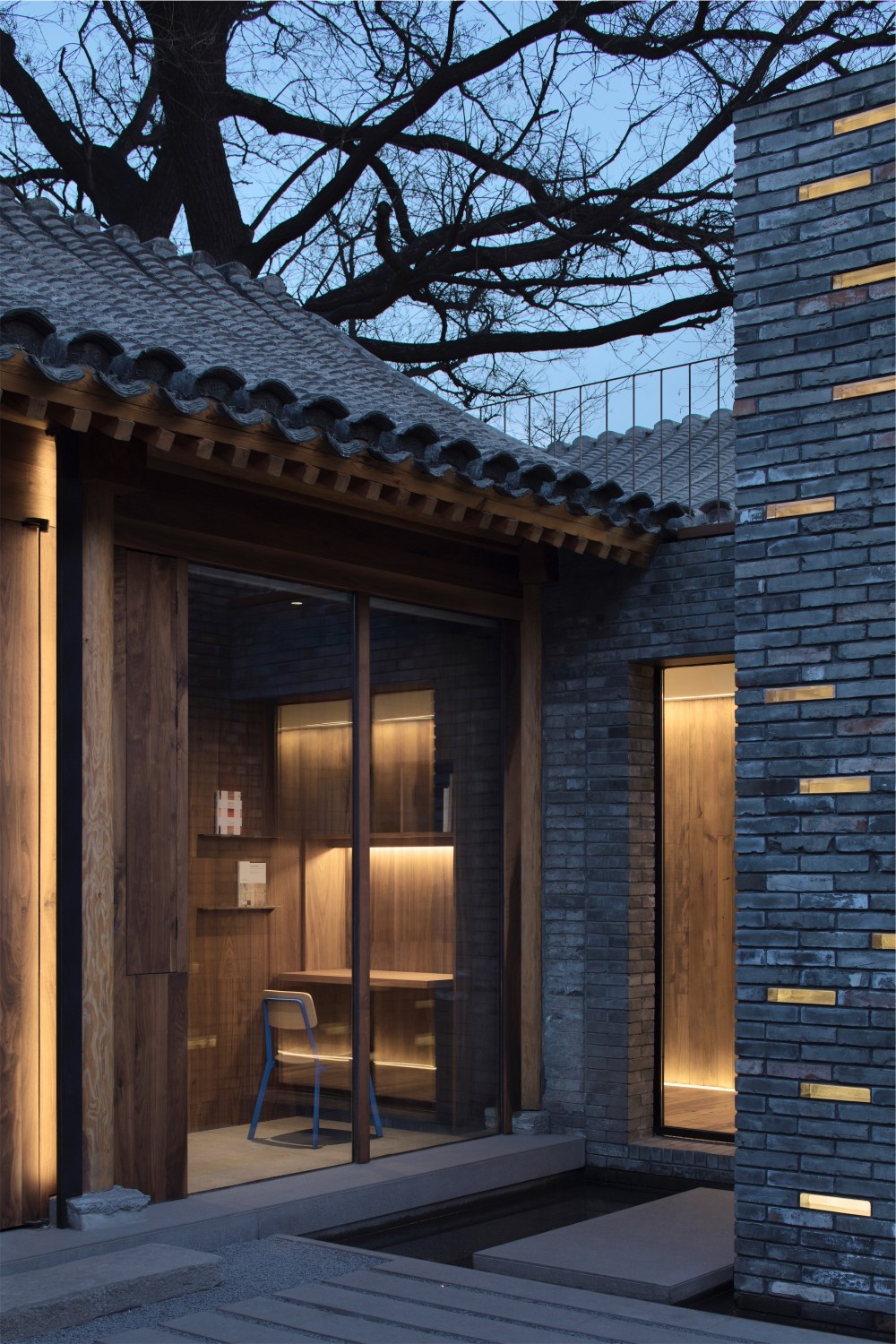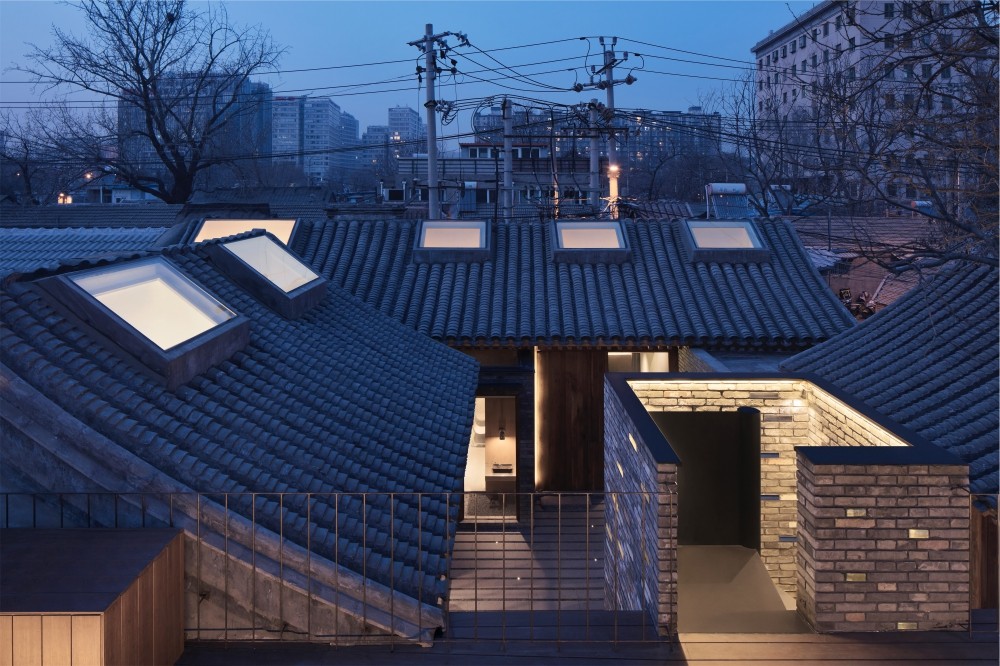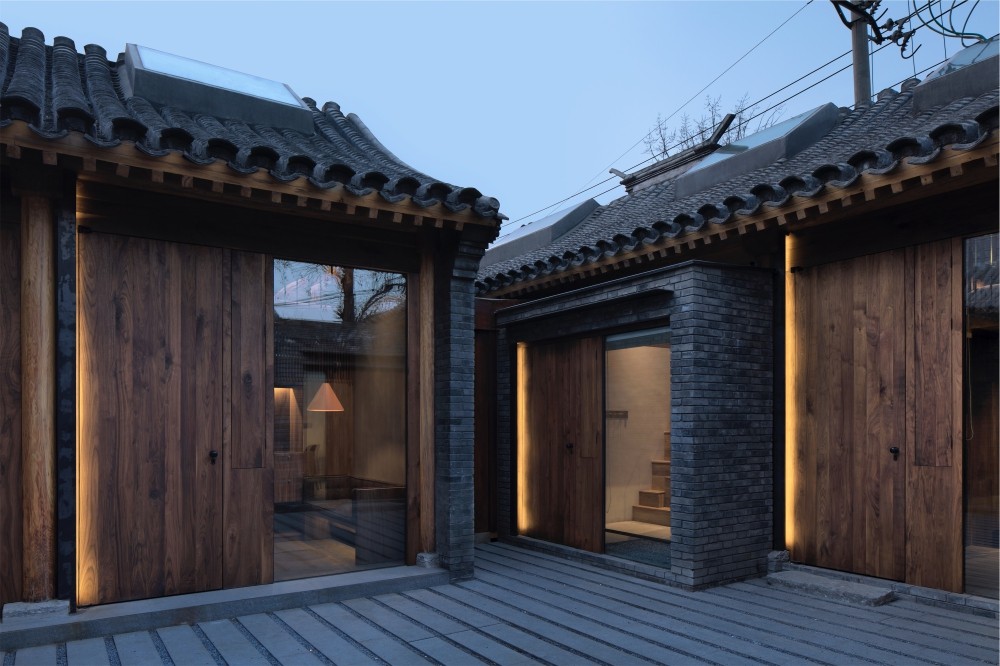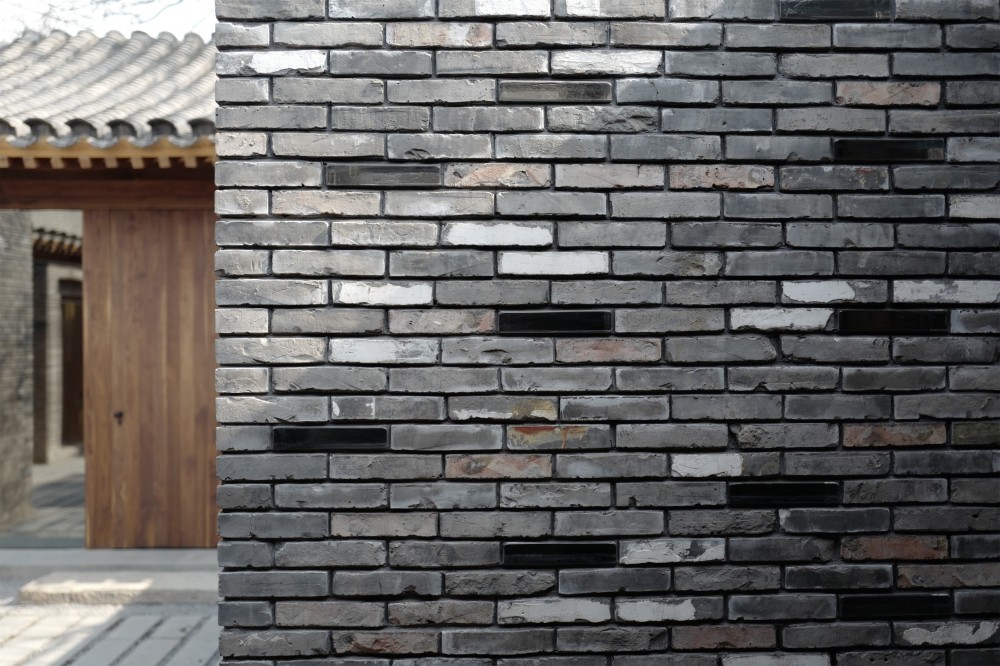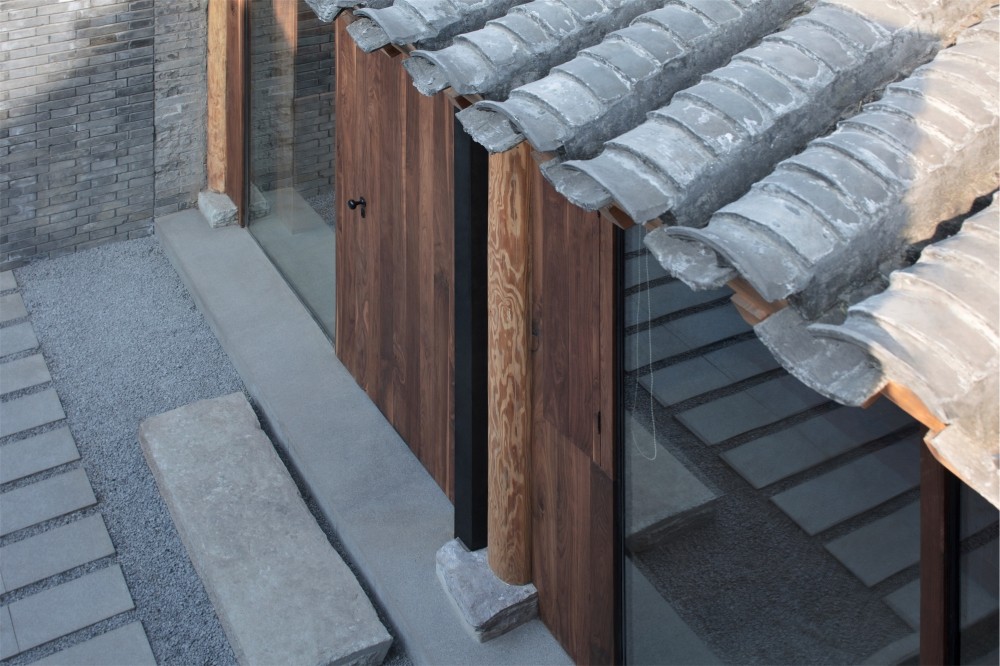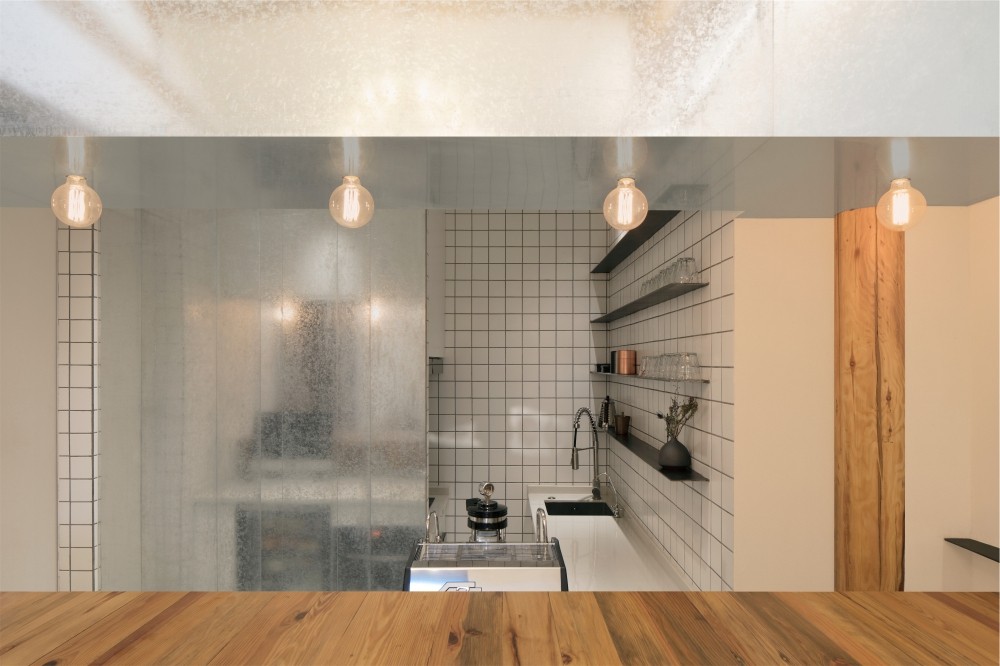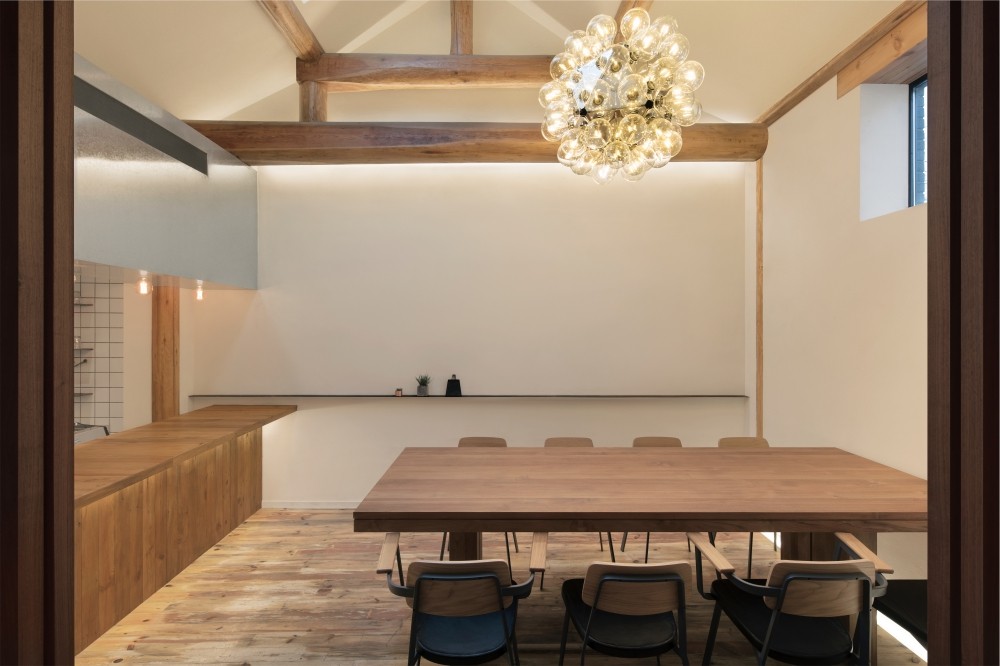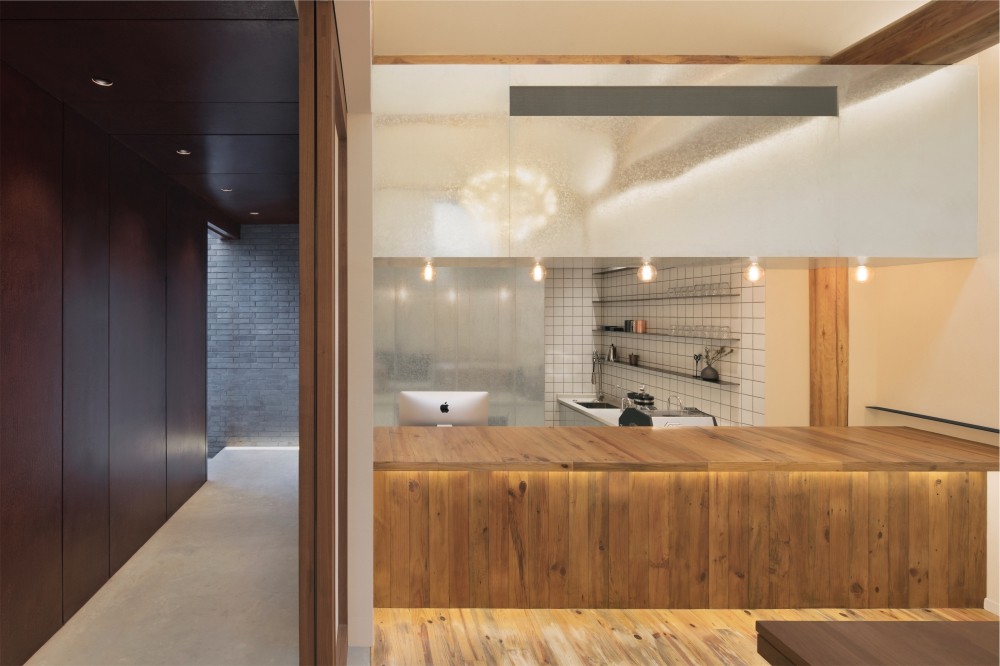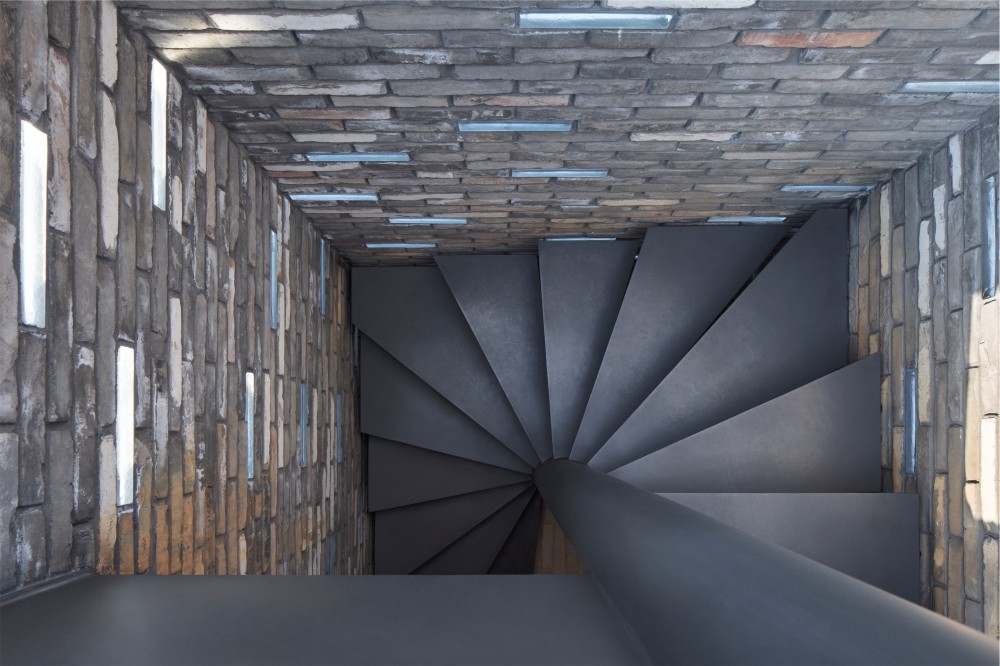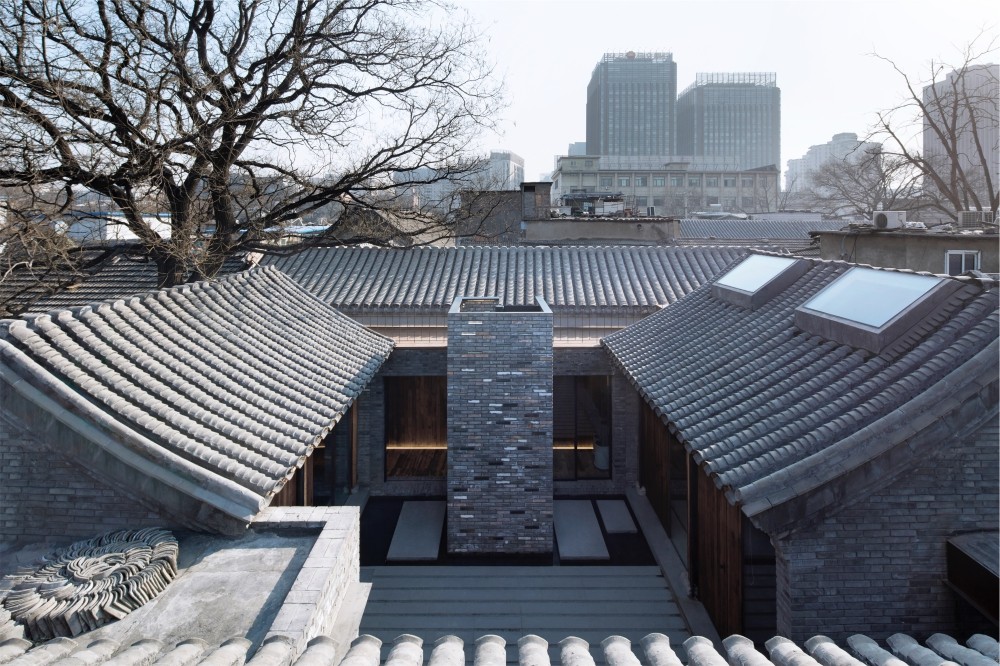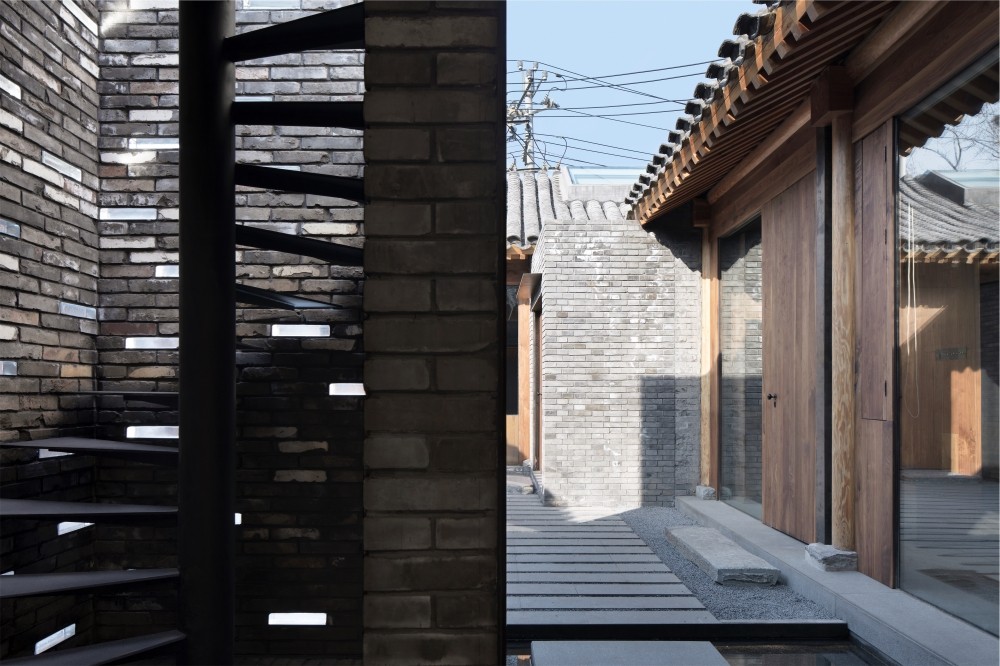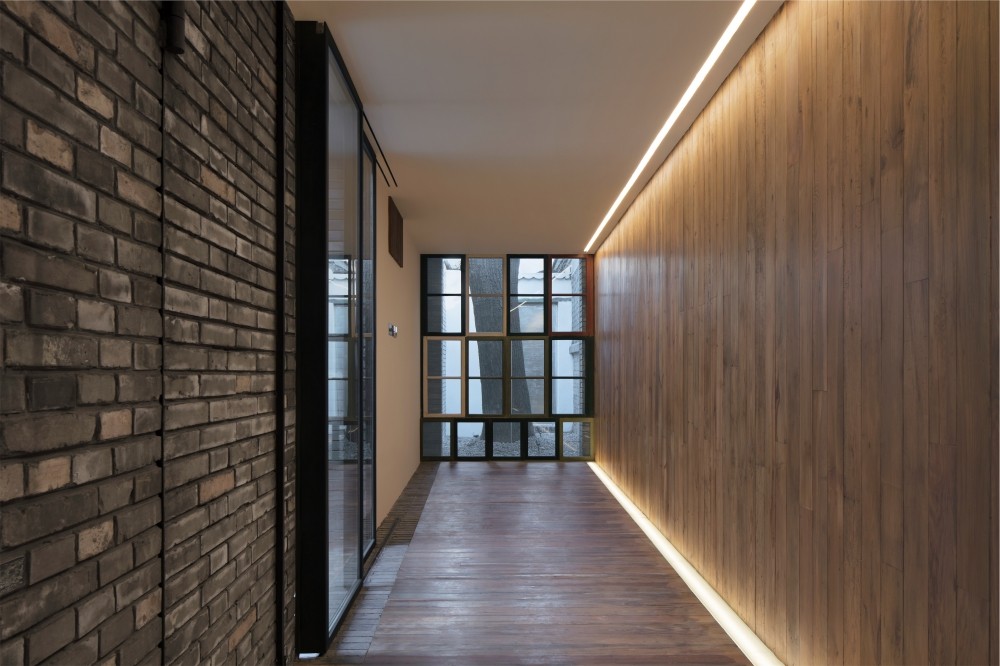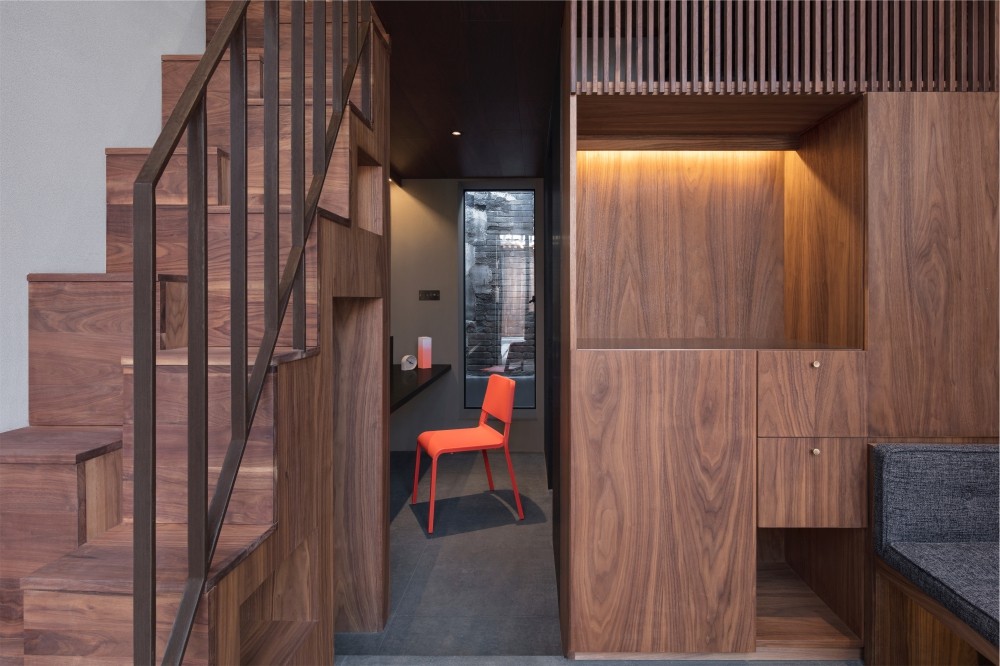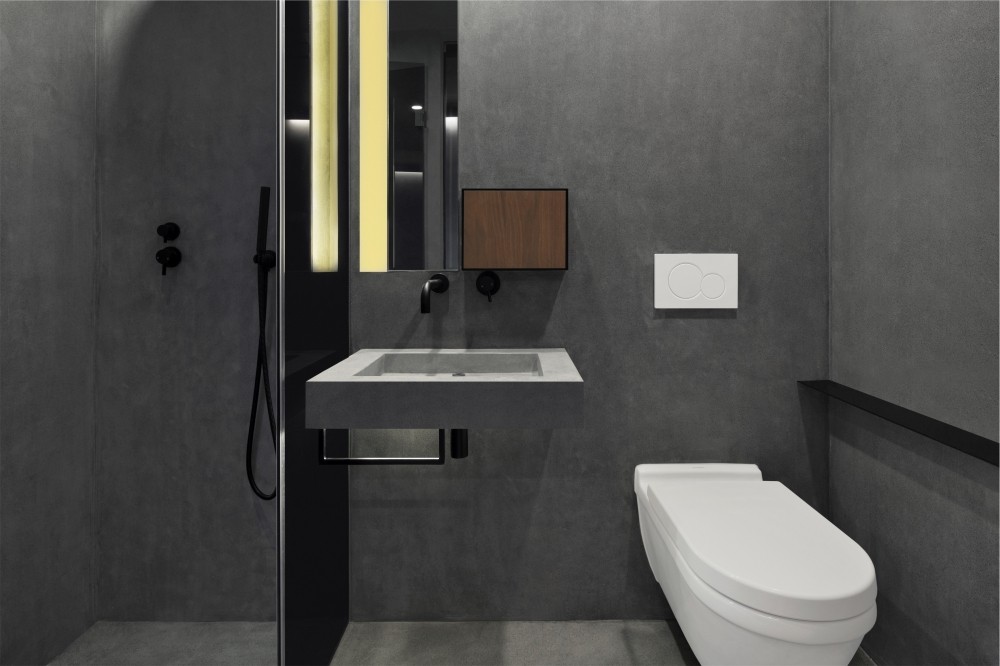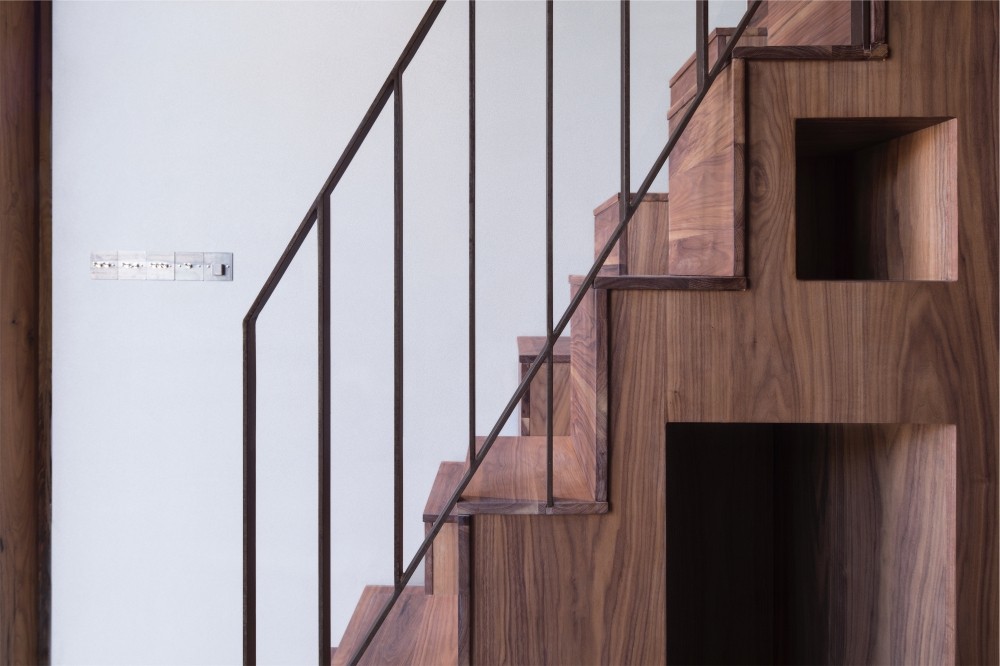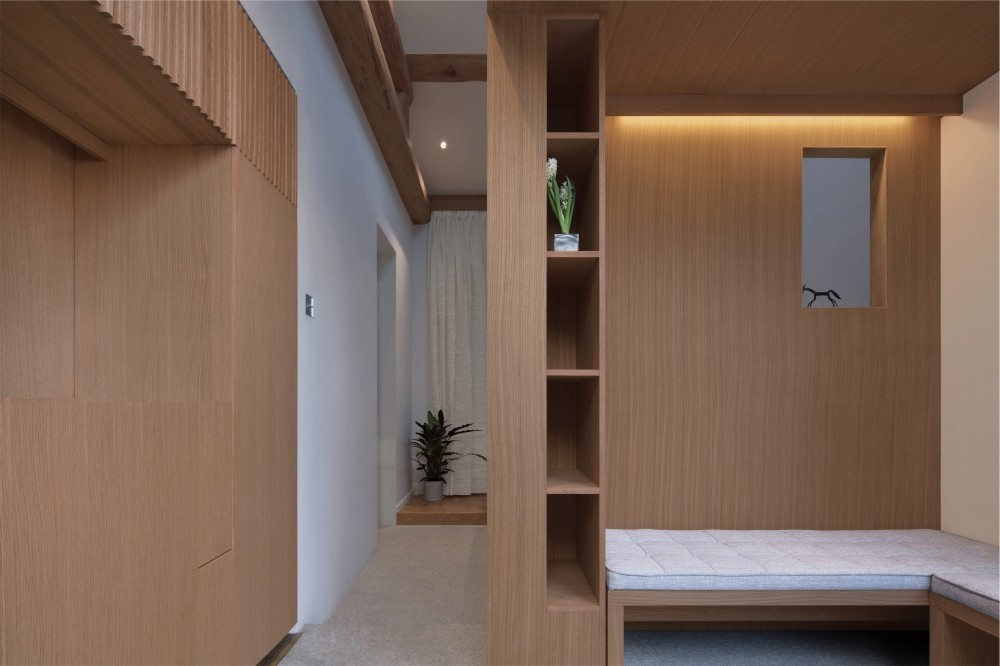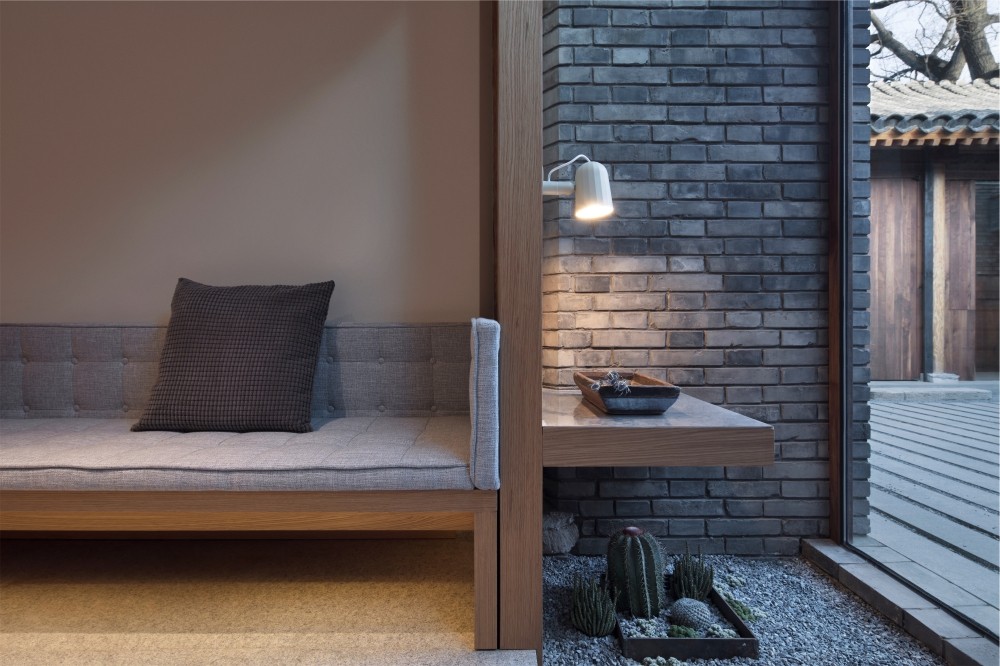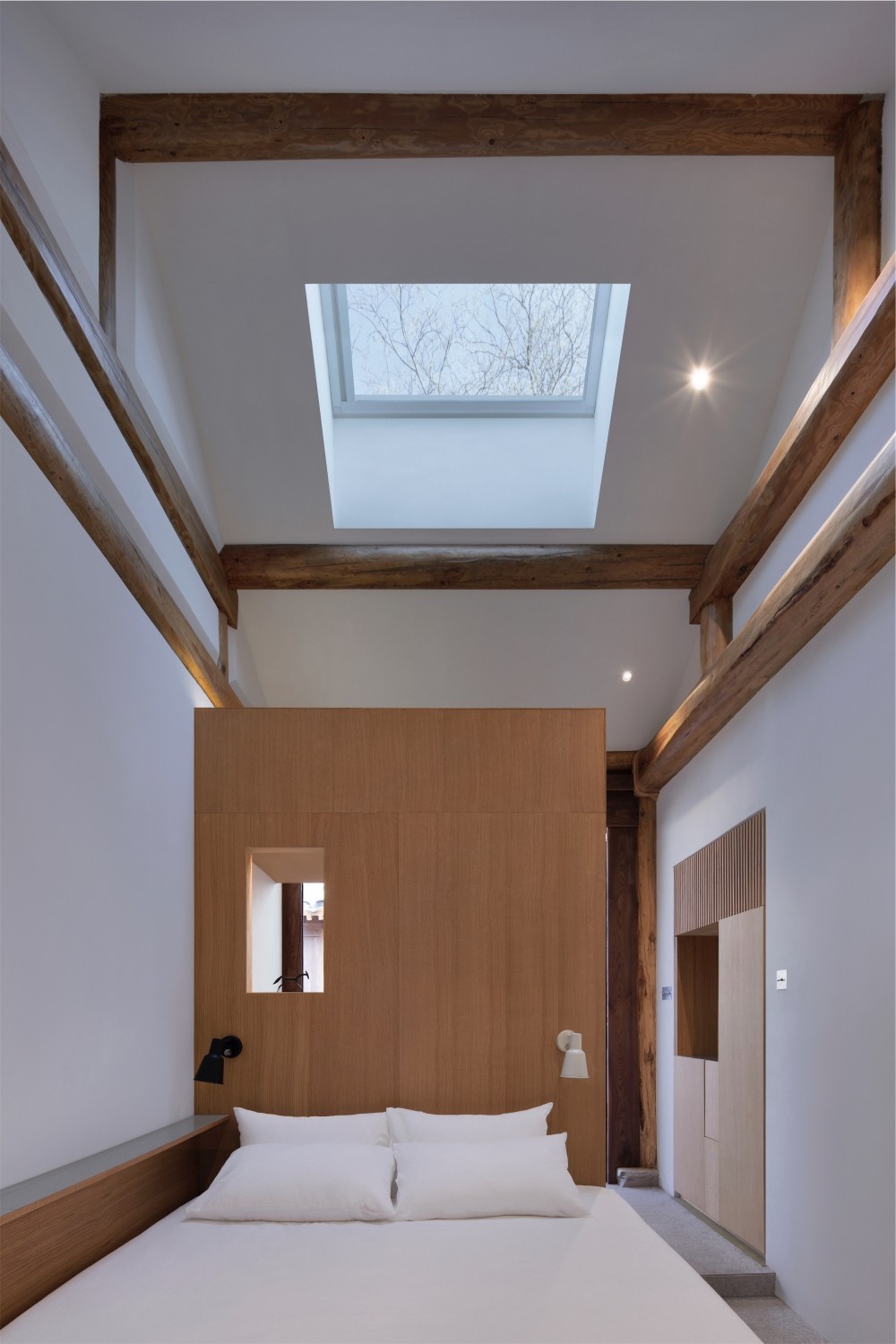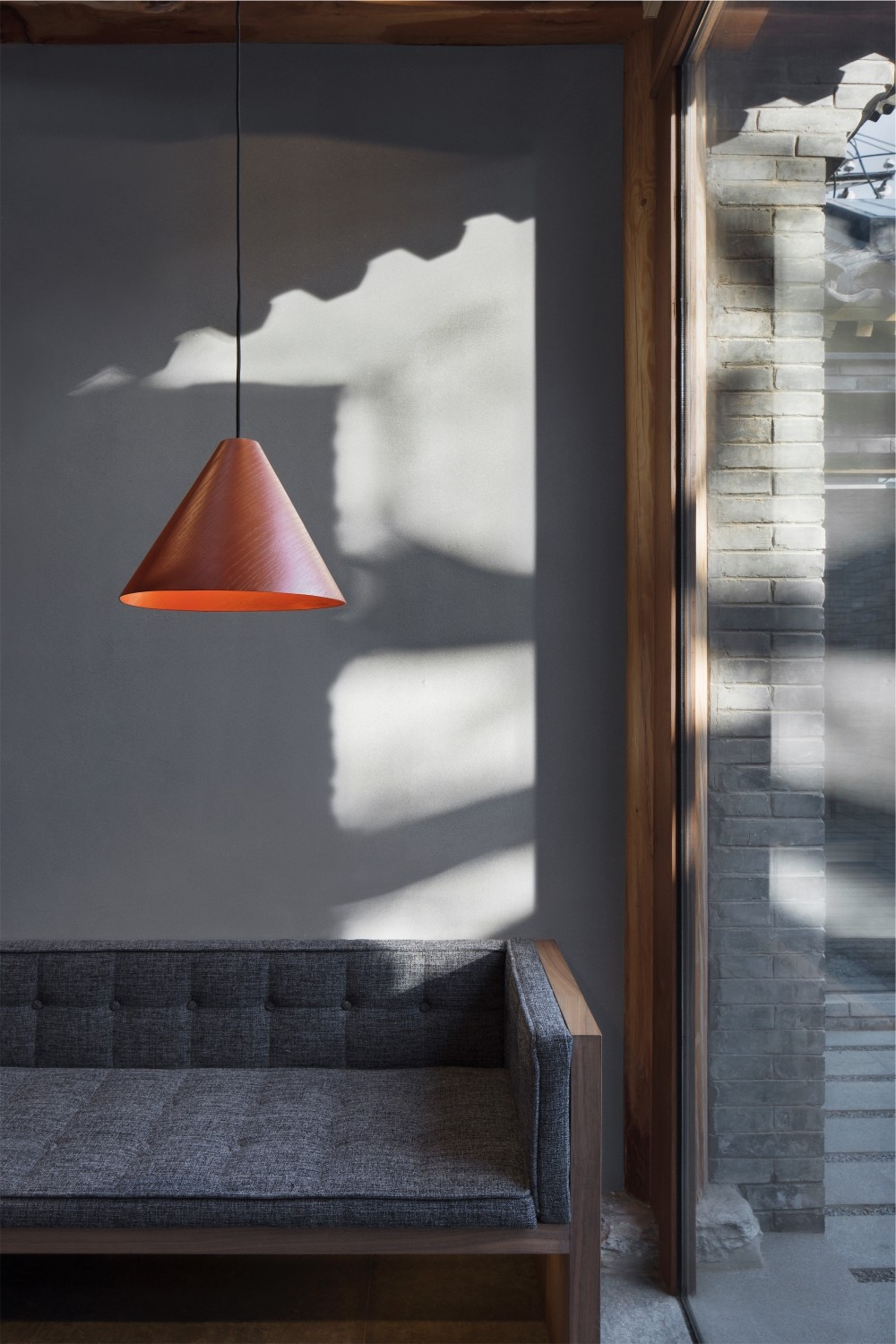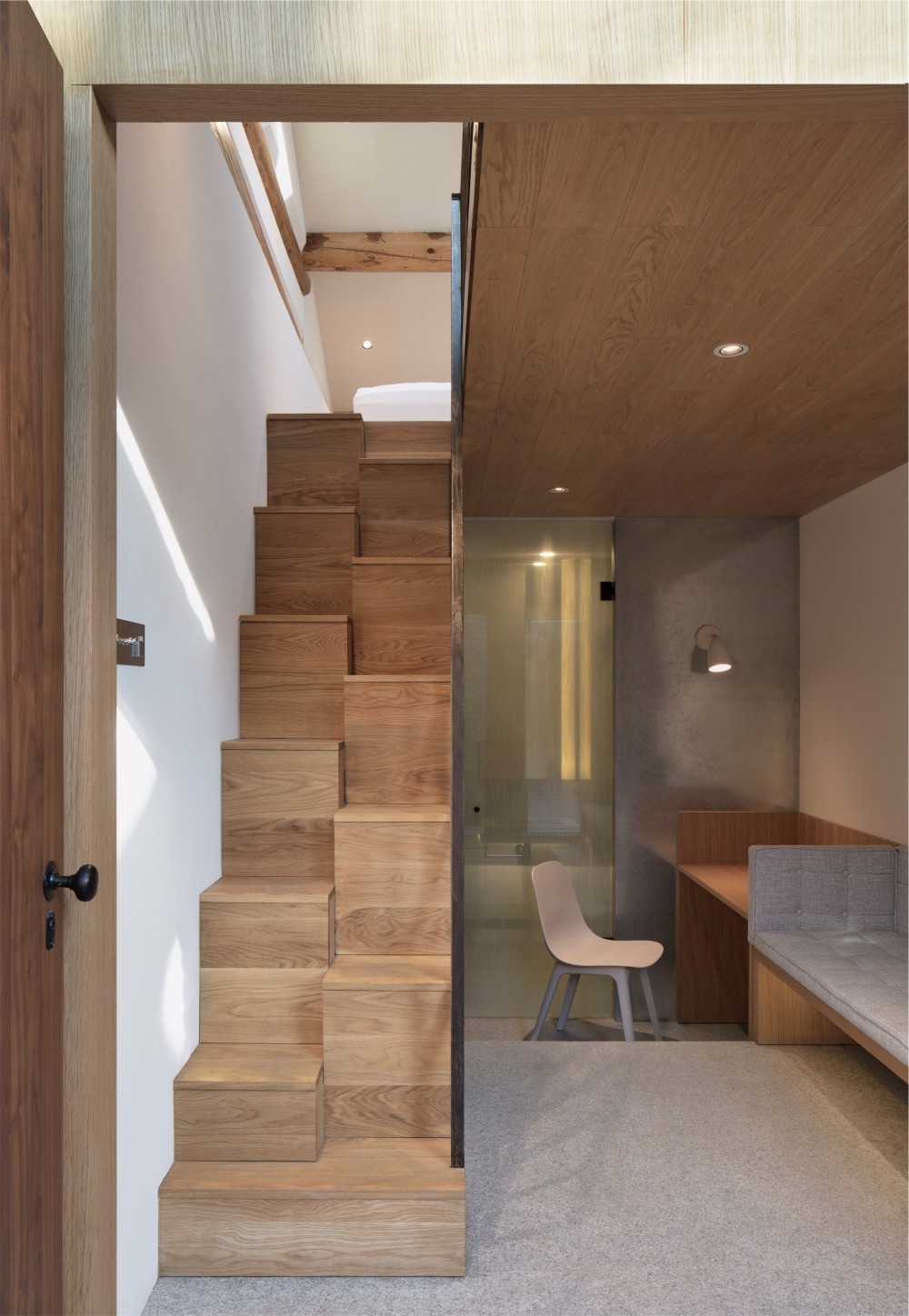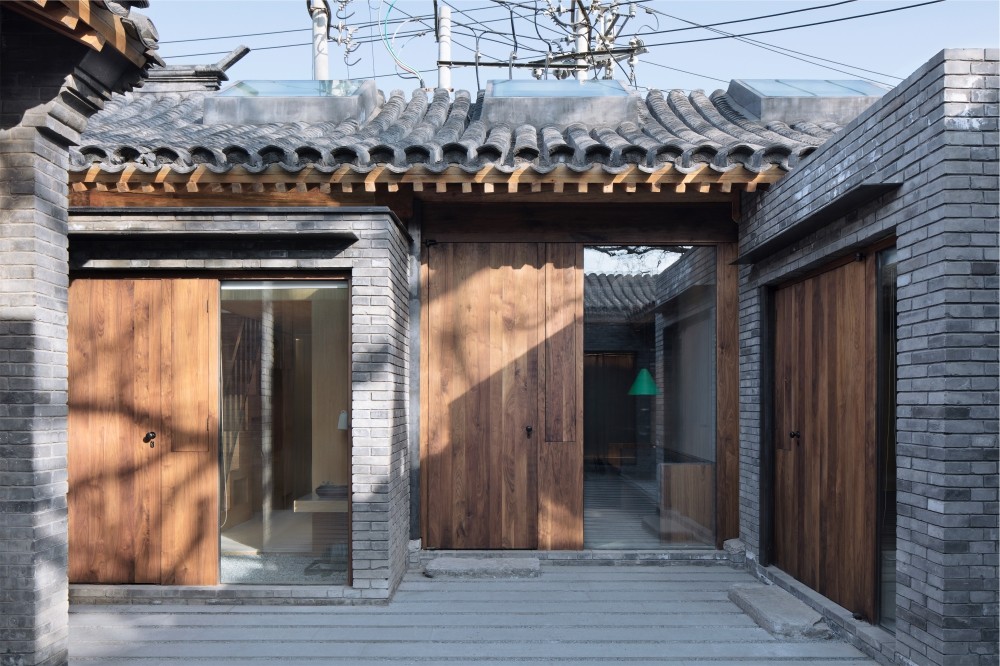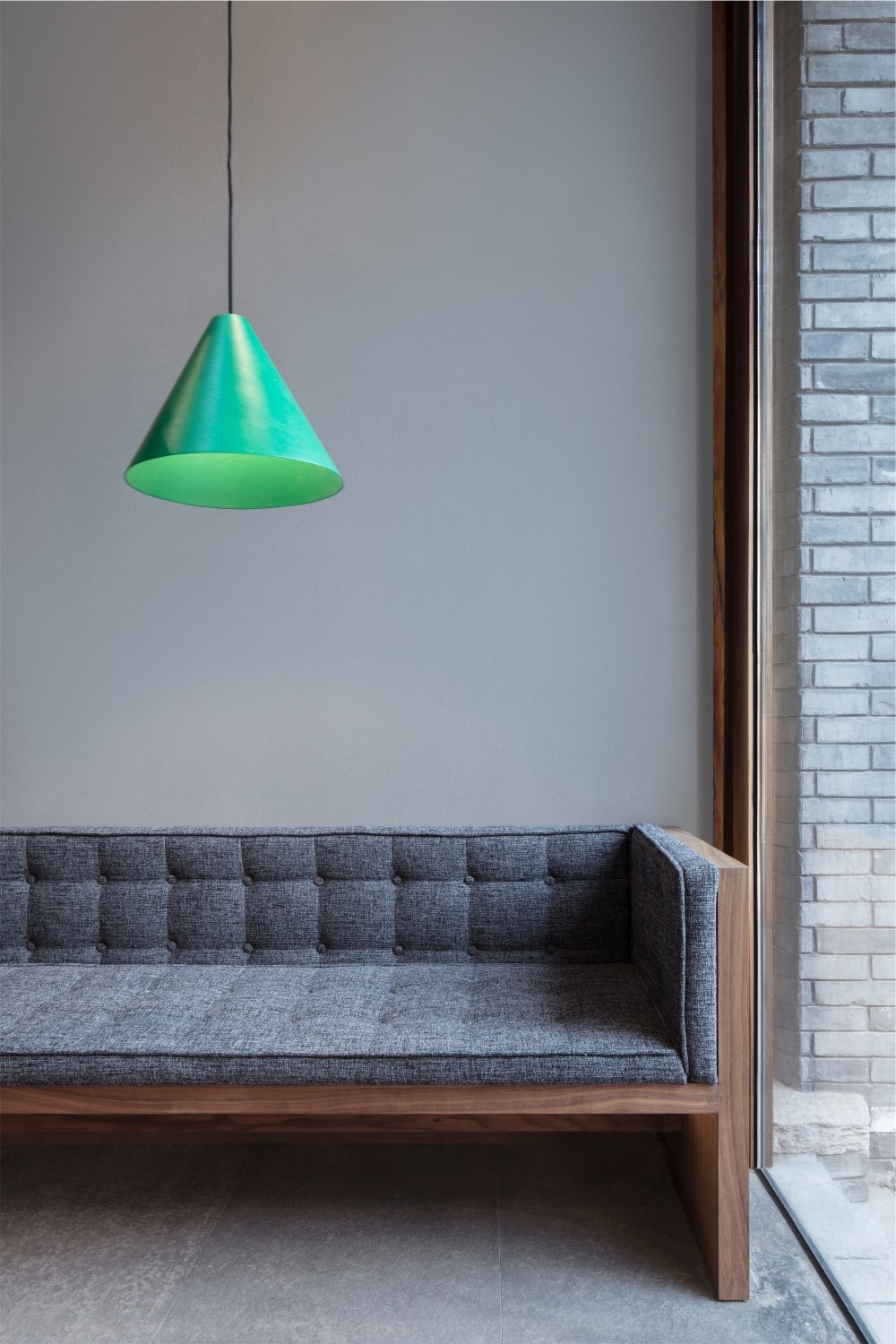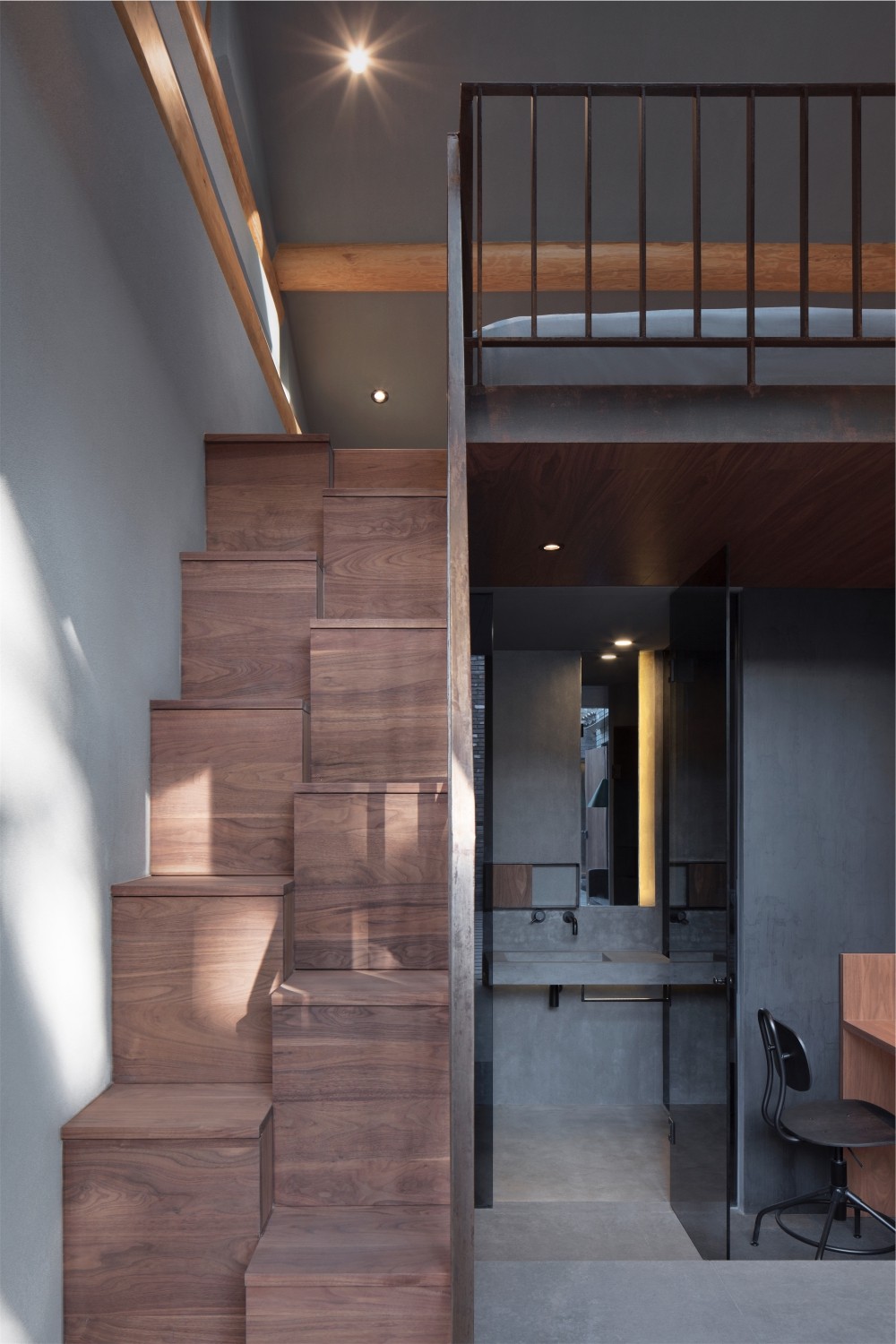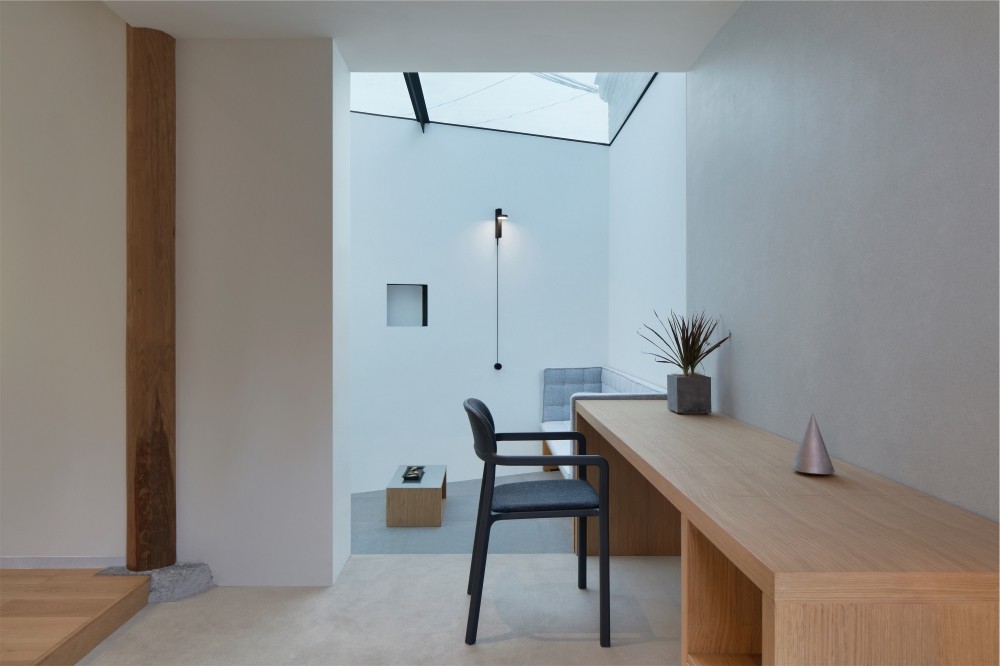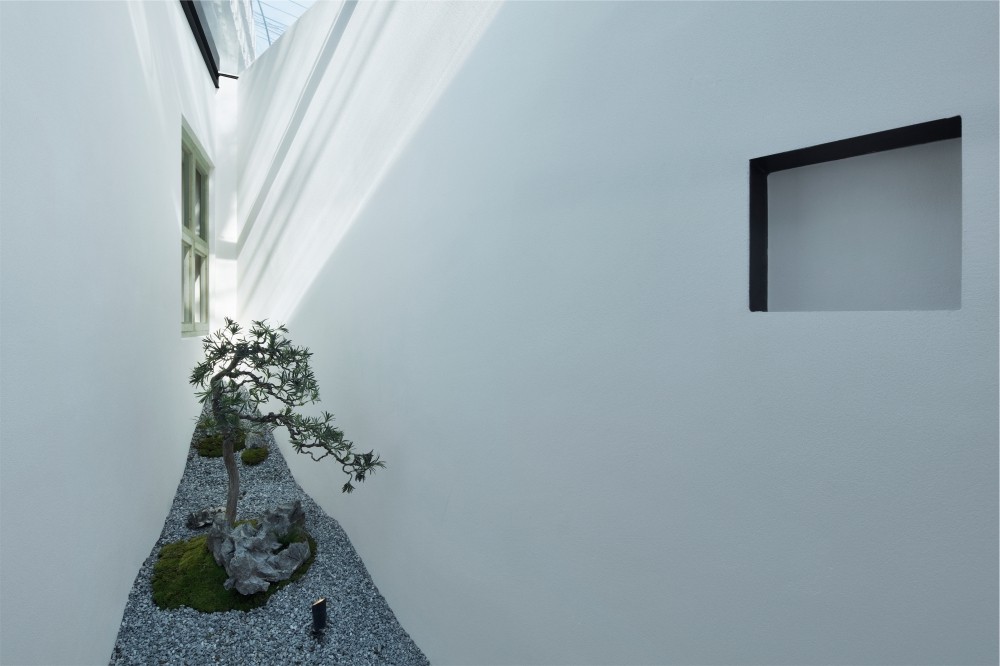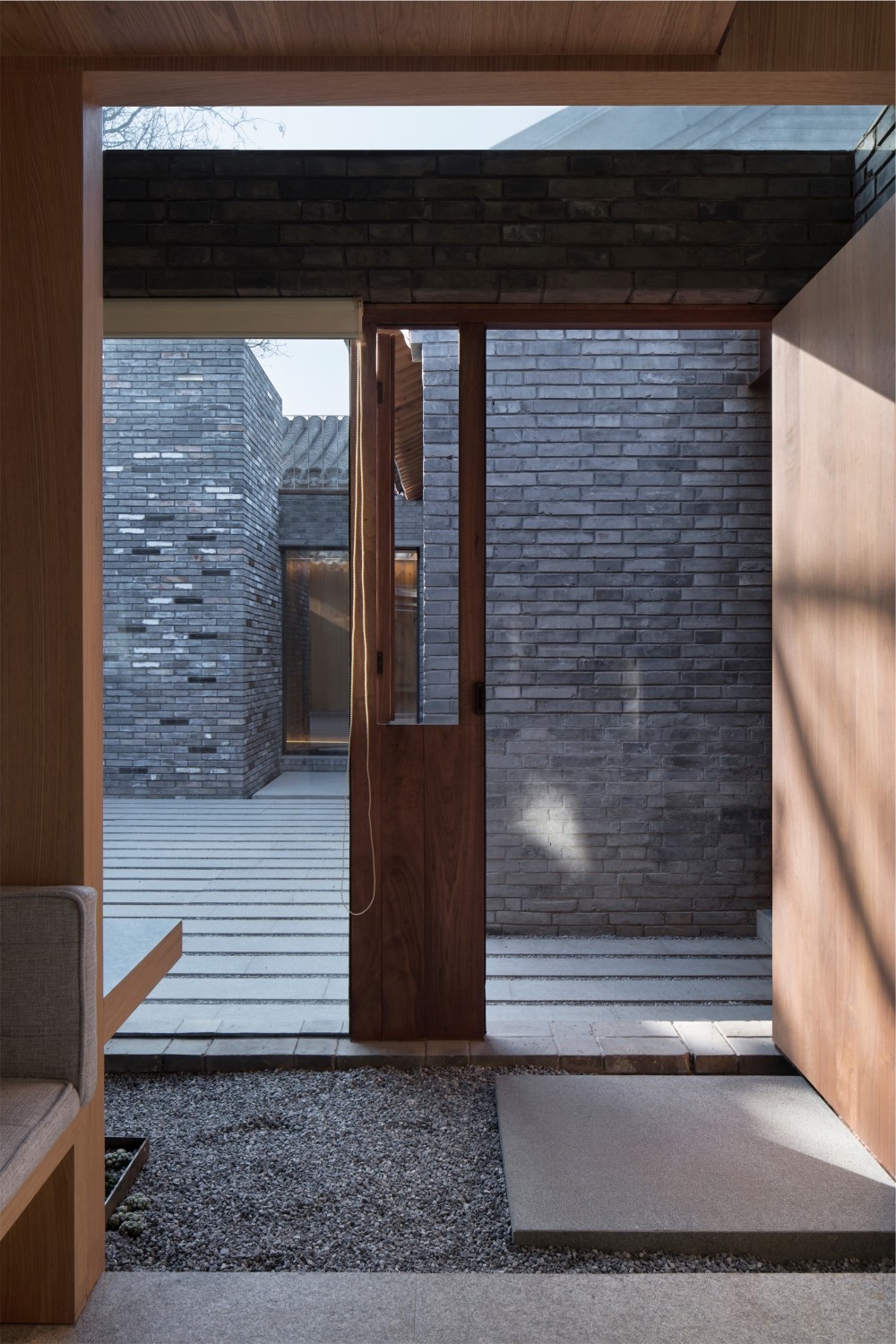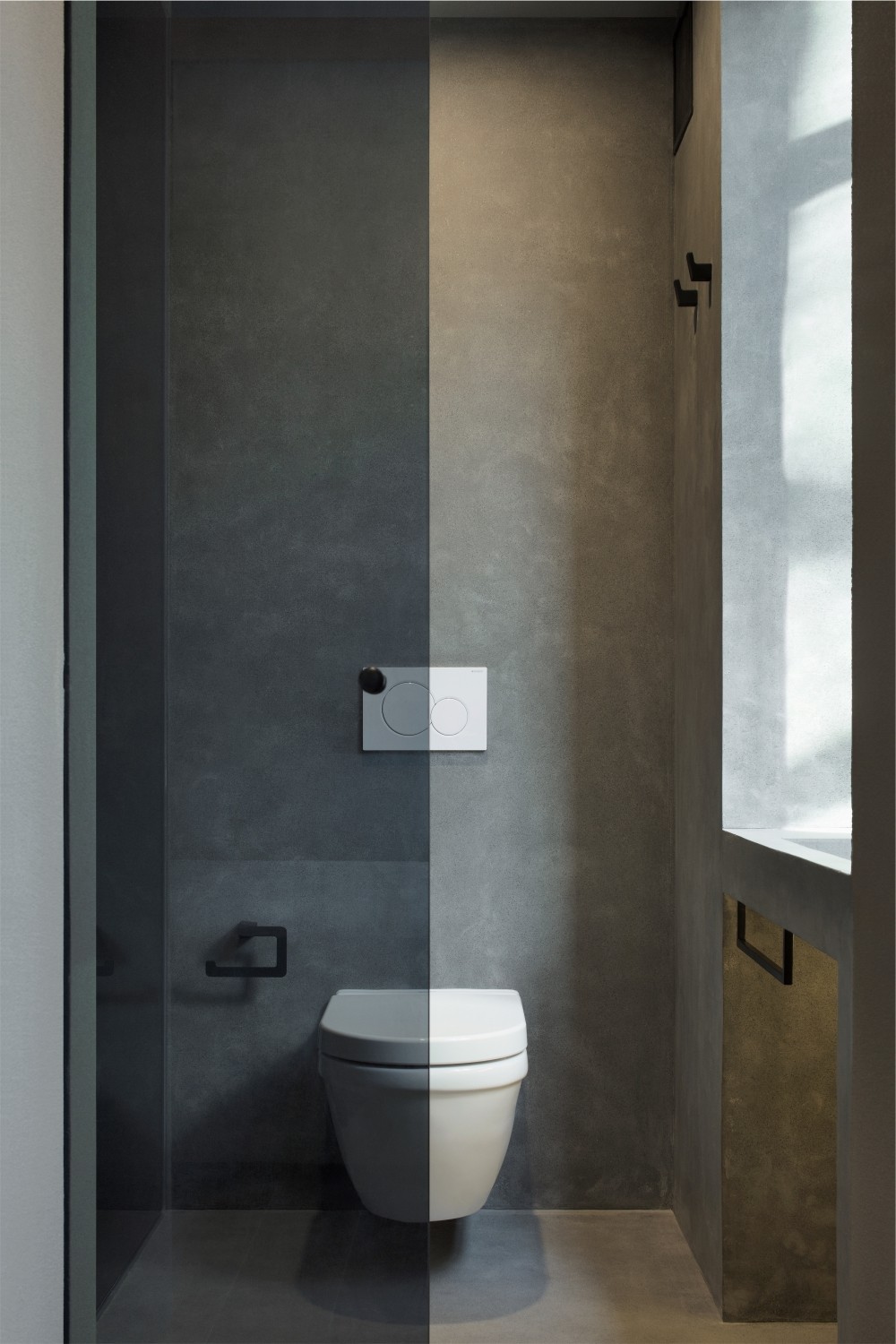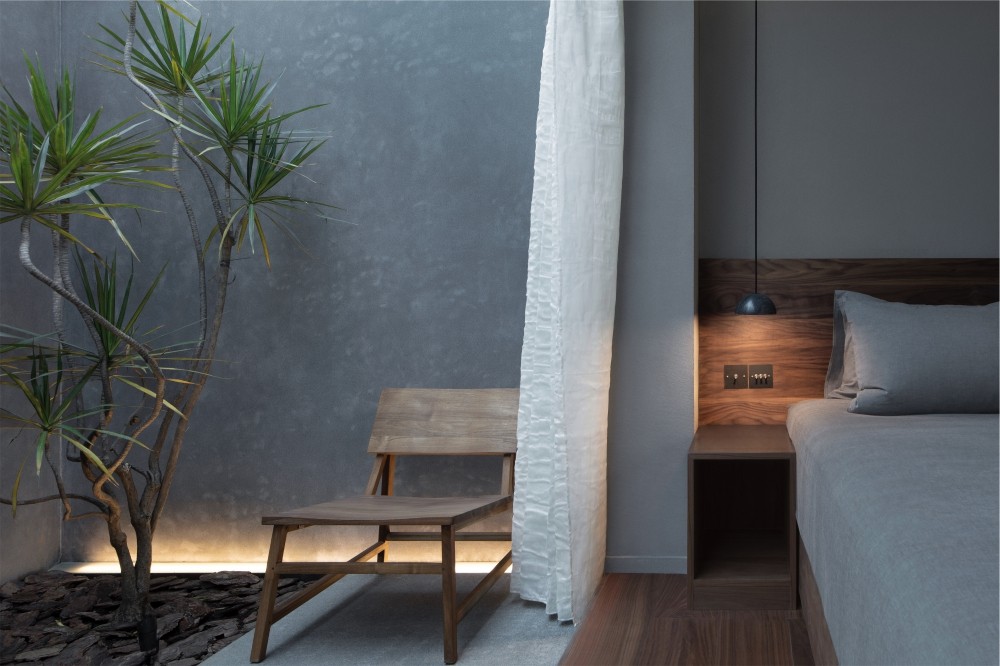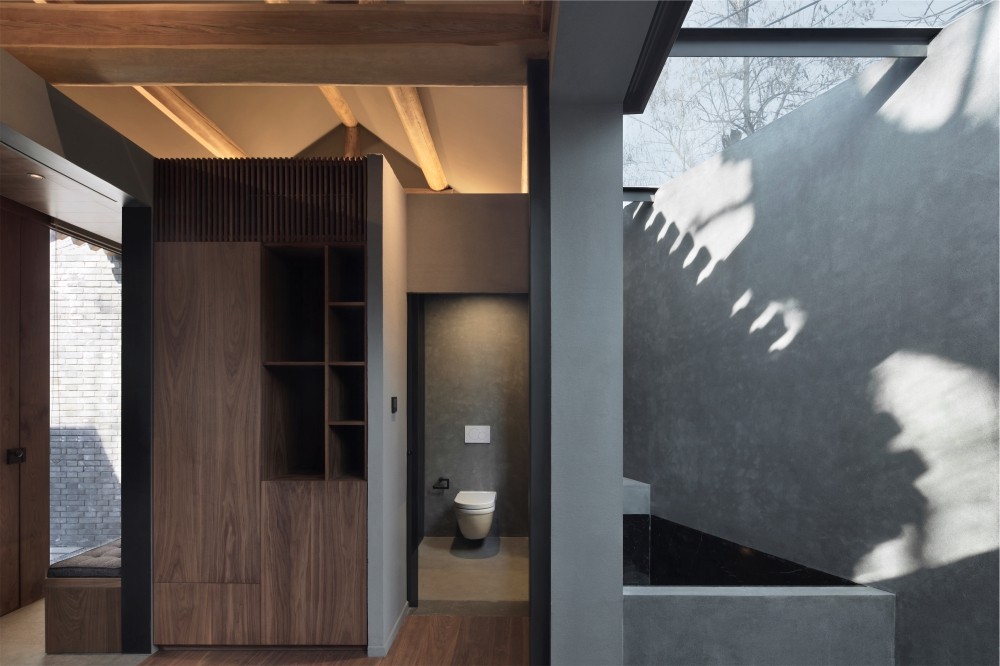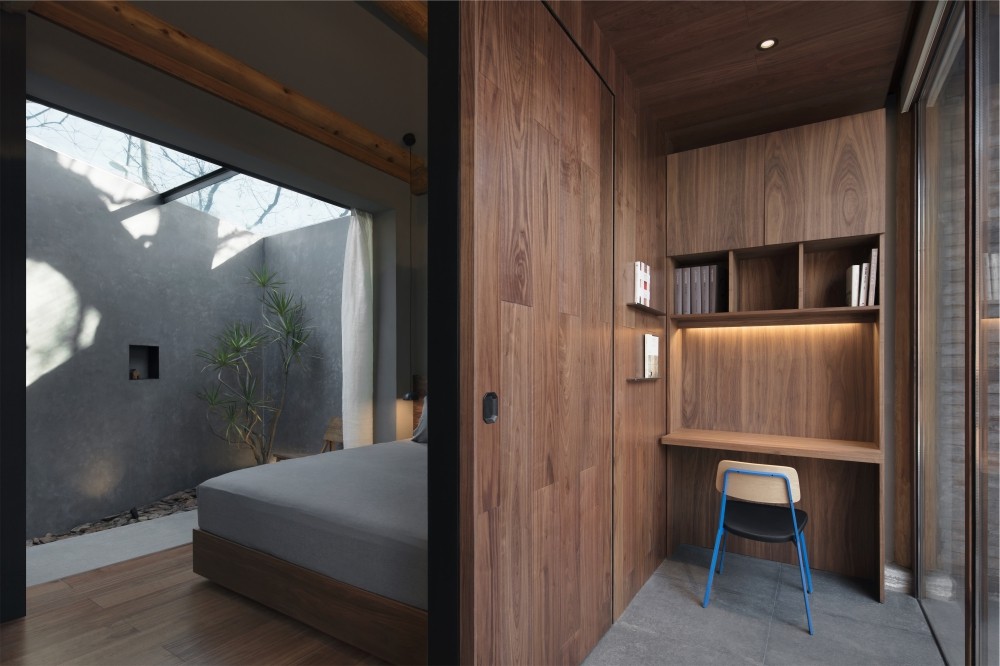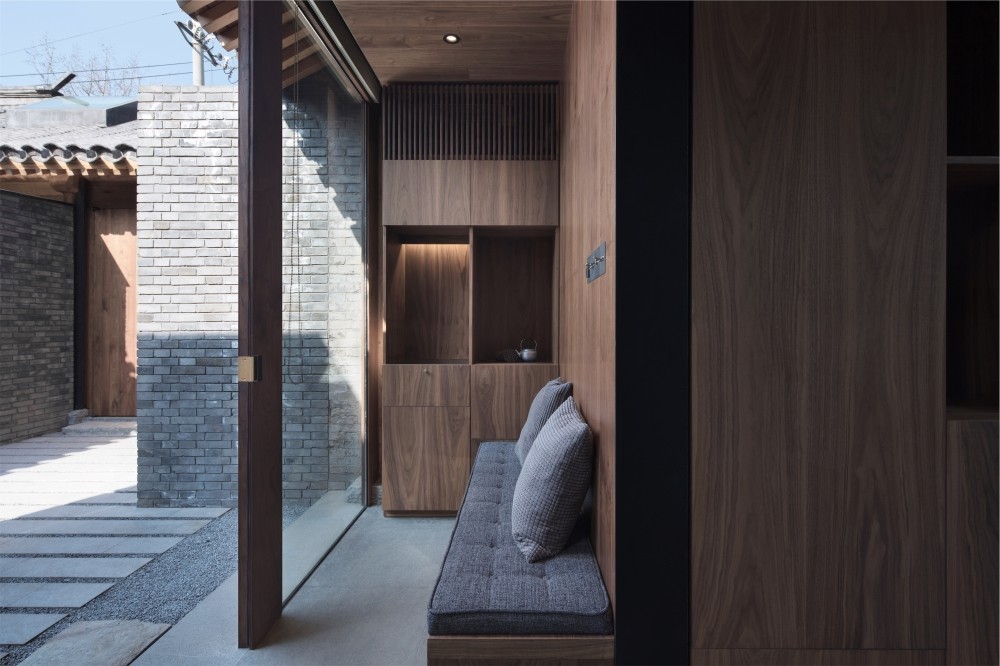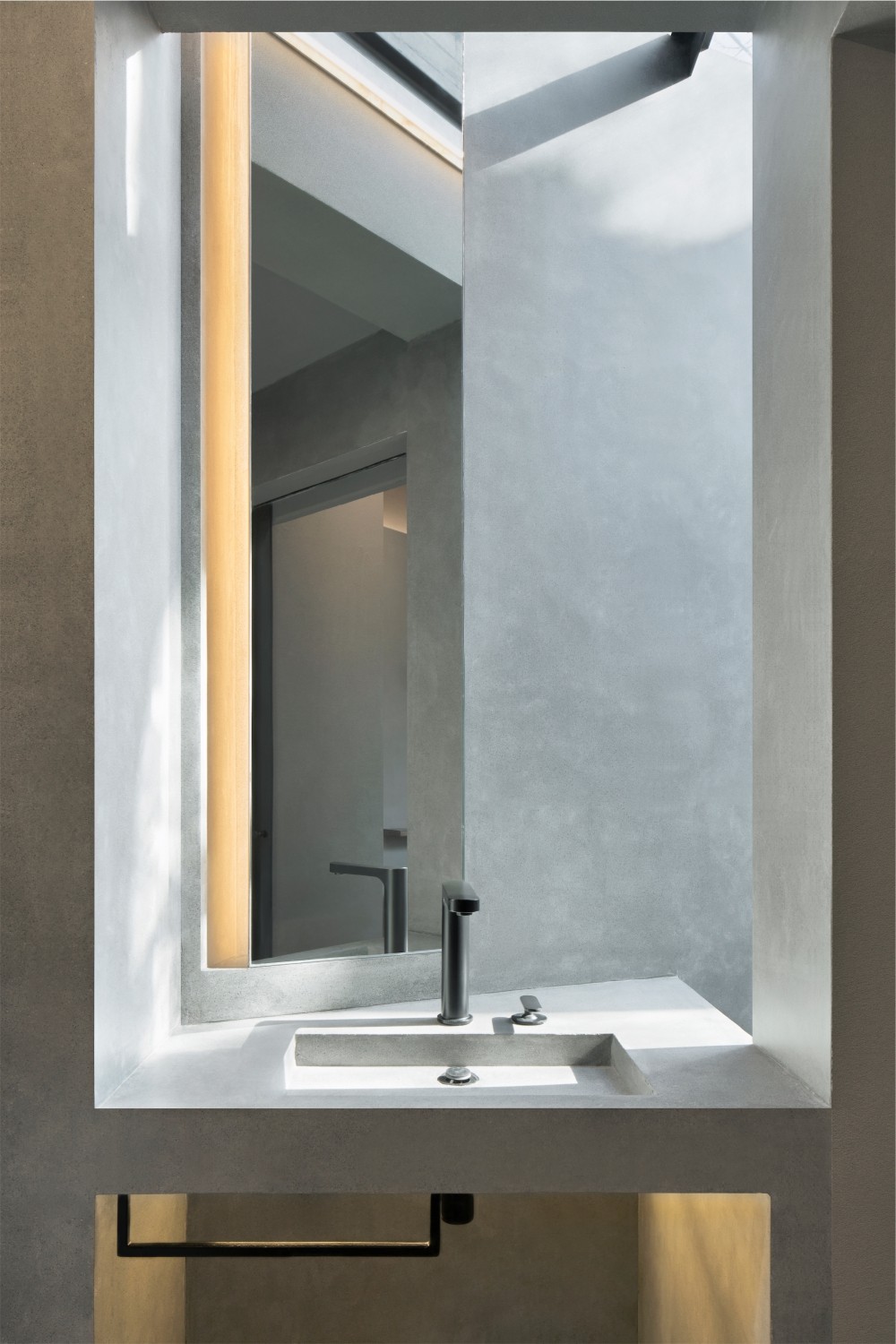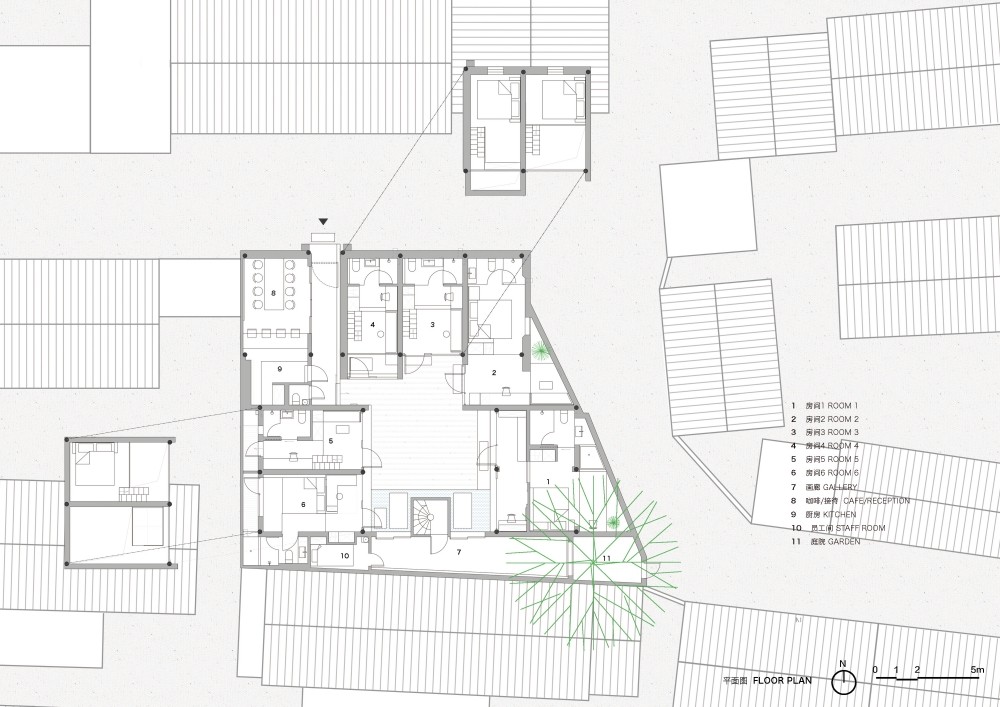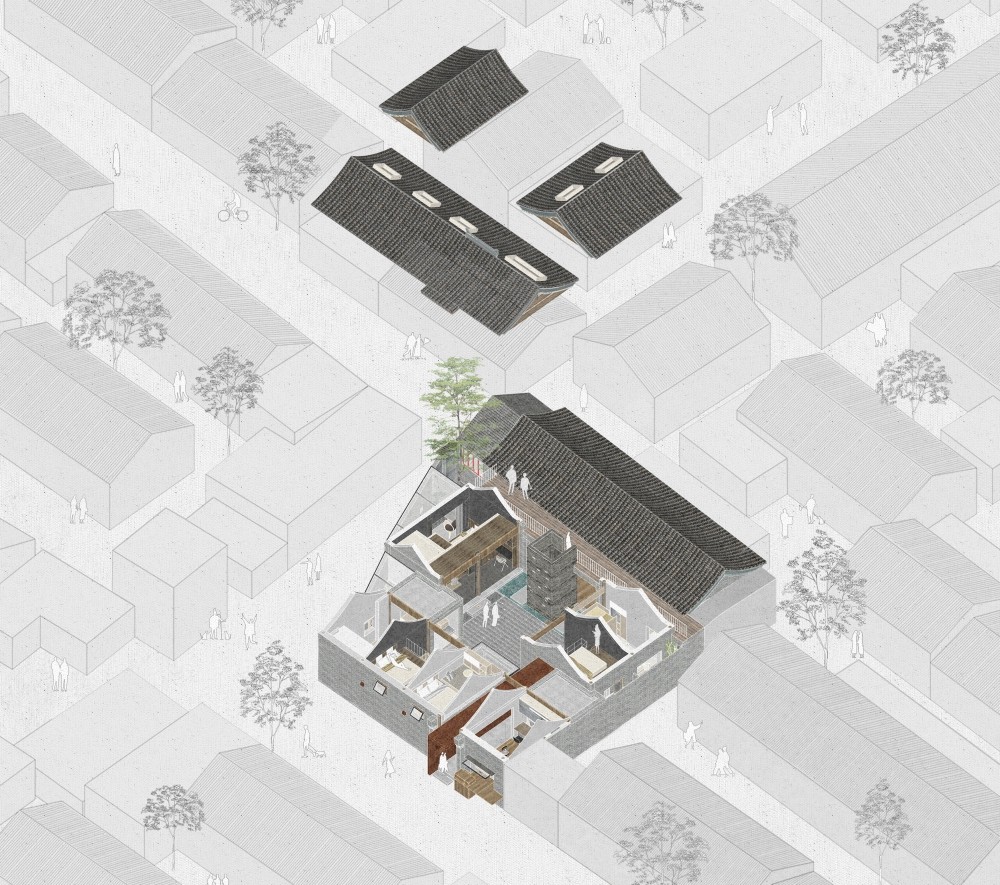White Pagoda Temple Courtyard Renovation
Beijing 2018-01| PROJECT NAME | White Pagoda Temple Hutong Courtyard Renovation |
| PROJECT LOCATION | No. 14, Gongmenkou 2, Xicheng District, Beijing, China |
| CLIENT | sth.here |
| SIZE | 1th Floor |
| SITE AREA | 246 m² |
| BUILDING AREA | 215 m² |
| DESIGN PERIOD | 08.2016 - 02.2017 |
| CONSTRUCTION PERIOD | 11.2016 - 01.2018 |
| PHOTOGRAPHY CREDIT | Xia Zhi |
Nowadays, an increasing amount of young people choose to leave their old houses in Hutong and settle in the new areas of the city surrounded by concrete jungles. The old city has become a rundown area full of seniors. An essential objective of this urban renewal is to bring the young generation back to live in the old city.
Therefore, we expect that in this renovation project, on one hand, respect the existing spatial organization of the courtyard in order to preserve its original spatial quality. On another hand, transform it into a living space that is more suitable for the contemporary lifestyle of the young generation. These are the directions that block renewal and building renovation projects aim to follow.
This project involves the renovation of a traditional courtyard house located in the Hutong within Beijing’s second ring road, covering a total area of around 250m2. The aim is to turn an old and shabby courtyard into a desirable courtyard house for homestay. Regarding the specifications, the aim is to find a new way of living within the traditional Beijing courtyard house with respect to the contemporary style of living.
The existing courtyard sits at a Y-shaped intersection in which two facades are fully exposed to the streets and can be viewed by pedestrians. While the boundaries of the courtyard are presented to people on the street, a strong visual impact is easily created. The courtyard originally ammonites 8 families. In order to maximise the usable space to satisfy the needs of a large number of residents, illegal renovations of adding additional building components are commonly built, creating a typical courtyard compound occupied by many households. Consequently, the additional building components in the centre of the courtyard need to be removed in order to reveal the original spatial composition of the courtyard.
There are a total of 6 guest rooms located within the courtyard, they are each designed with different area, function and spatial composition. The smallest guest room is 20 m2 and the largest guest room is 30 m2. 3 of the guest rooms are lofts and the another 3 are master rooms. Despite the difference in size, the rooms are also organised with different colours schemes. 3 of them have light colour tone and the other 3 have dark colour tone. Apart from the guest rooms, all other spaces are public spaces, which are available for public exhibition and display during the day.
After removing the additional illegal building components, the 6 guest rooms form a new square shape courtyard. On the southern centre of the courtyard, a new staircase tower has been built using the recycled old grey tiles from the demolished parts of the building. Following up the staircase, an exhibition space is formed on the rooftop after reinforcing the original structure of the building. Standing on the rooftop under the shadow of large trees, a panoramic view extends from the courtyard all the way to the Miaoying Temple. The magnificence and beauty of the continuous traditional buildings are fully expressed from the view of the rooftop.
